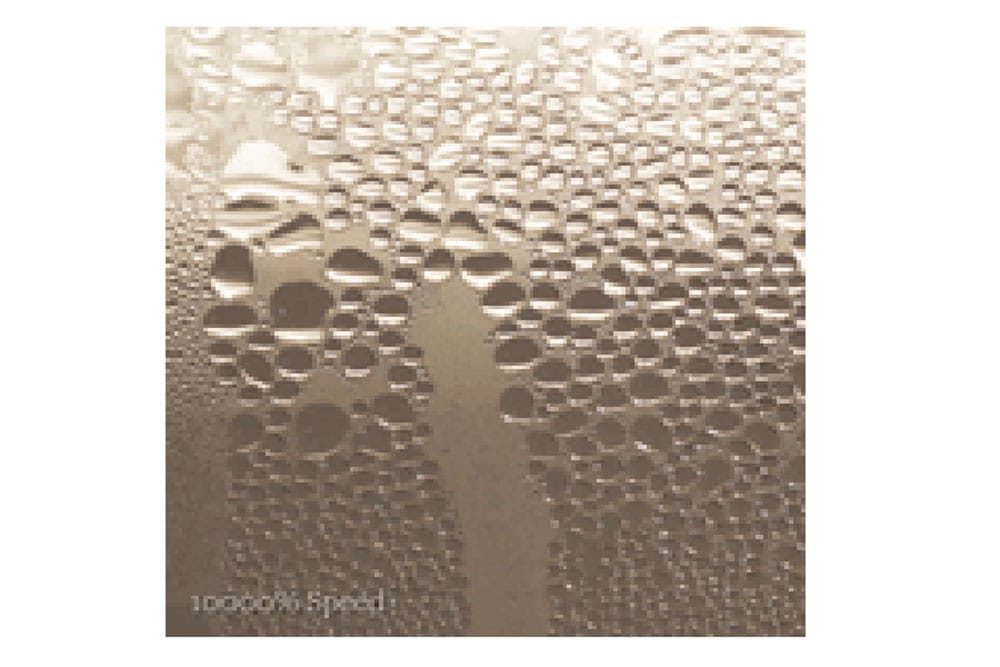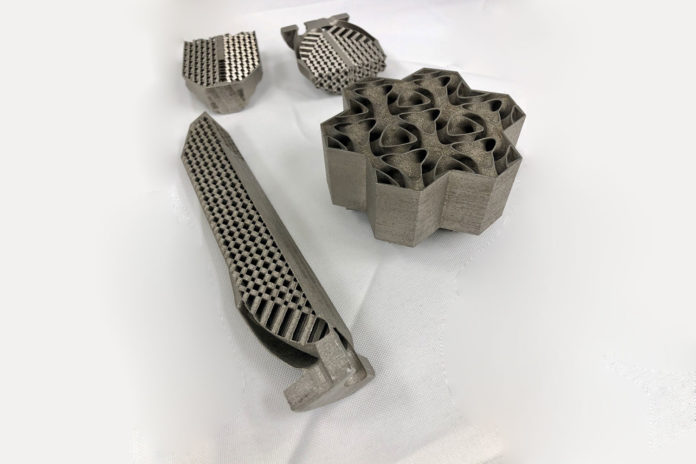According to the World Wildlife Fund, more than 1.1 billion people do not have access to water, and approximately 2.7 billion experience instances of water scarcity. Indeed, the transport of clean and safe water today can involve transport by air and land vehicle over long distances and over complex terrain. This contributes to the logistics burden of one-third of the Department of Defense budget.
A team of researchers from GE Research, the technology development arm for the General Electric Company (GE), has received a four-year, $14.3 million contract from DARPA to develop and design a new portable air-to-water device. The highly compact, portable device literally can produce clean, safe water out of thin air.
The revolutionary project, called AIR2WATER, is a part of the DARPA’s Atmospheric Water Extraction (AWE) program. The program aims to support the development of small, distributed systems to reduce risks and costs associated with delivering potable water to troops in the field and for humanitarian missions.

As a part of the project AIR2WATER, or Additively Manufactured, Integrated Reservoir To Extract Water using Adsorbents and Thermally-Enhanced Recovery, GE Research is working with scientists and engineers from various US universities to develop scalable sorbent materials capable of rapidly extracting water from ambient air.
The innovative AIR2WATER device is light enough to be lifted by just four people. It will utilize new transformational sorbent materials to absorb the air, thermal processes, and unique 3D-enabled designs to produce enough daily water for 150 troops, even in desert environments. The prototype will use heat exchange principles to effectively draw in heat over the sorbent materials to release the water.
“Today, the logistics and costs involved with transporting water are staggering and in dangerous war zone areas, result in casualties,” said David Moore, the Principal Investigator and Technology Manager for Material Physics and Chemistry at GE Research. “By creating a highly portable, compact device that efficiently extracts water from the atmosphere, we can save lives and ease the logistical and financial burden for our armed forces.“
The new portable air-to-water device would provide troops on the battlefield with a ready source of potable water while significantly reducing the cost and logistics of transporting water. The solution could be a gamechanger in drastically simplifying the transport of potable water to troops in the field and addressing water scarcity around the world in a powerful new way.
